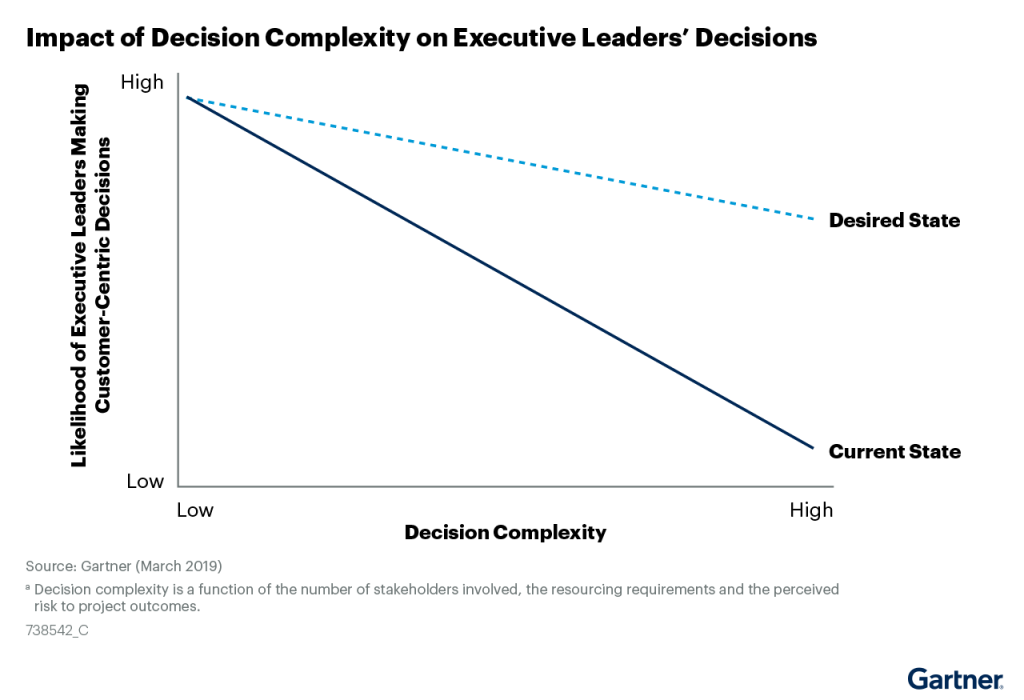Customer experience is no longer a mere buzzword, it is in fact a critical factor in a business’ bottom line and success. Providing excellent customer support is a key differentiator and many successful businesses are capitalizing on it for their revenue expansion.
While ensuring delightful customer experience across all channels & each time is a must-have, for a lot of contact center leaders, selling the idea of investing in CX technology to executives can get rather daunting. Crafting a compelling business case is at the core of ensuring executive buy-in.
The Challenges

1. Disconnect
While executives might support customer experience initiatives in theory, their actions sometimes may tell a different story. Budgetary concerns can lead them to prioritize short-term gains over long-term investments in CX initiatives.
2. Short-Term Lens on Long-Term Gains
Stakeholders often understand the long term value of positive customer experience, but they might hesitate to invest in CX technology without a clear picture of immediate benefits.
3. Fragmented Vision, Fragmented Results
Without a unified vision for customer experience, different departments might prioritize their own goals over the overall customer journey. This siloed approach can lead to missed opportunities to create a truly seamless and positive experience for customers.
Beyond the surface
To build a robust business case, it’s crucial to answer the “why” of customer experience. This purpose drives motivation among stakeholders, ensuring they see the value beyond just the immediate financials.
1 . Define the Purpose of a Proactive Customer Experience Strategy
Begin by outlining the purpose of adopting a proactive customer experience strategy. Explain how this approach can help anticipate customer needs, resolve issues before they escalate, and create a more seamless and enjoyable experience for your customers.
Example
“Our proactive CX strategy aims to predict customer needs and address potential issues before they arise, ensuring a seamless experience that fosters loyalty and satisfaction. For instance, by leveraging sentiment analytics, we can identify patterns that signal dissatisfaction and intervene early, reducing churn rates.”
2 . Anticipate Potential Hurdles & Historical Challenges
Identify and discuss the potential hurdles and historical challenges your organization has faced with customer experience. This sets the stage for why investing in CX technology is crucial and how it can overcome these obstacles. It is advisable to also look at past records of CX technology implementation and understand the challenges faced.
Example
“In the past, we have struggled with long response times and inconsistent customer service across channels, leading to frustration and attrition. By implementing an integrated CX platform, we can streamline our processes and provide a consistent, high-quality service.”
3. Financial Impact Beyond Customer Satisfaction
Quantify the financial impact of customer experience by analyzing the difference in customer lifetime value and spending habits between satisfied and dissatisfied customers. This helps in presenting a clear financial justification for the investment.
Example
“Satisfied customers spend 20% more annually and have a 30% higher lifetime value compared to dissatisfied customers. Improving our CX can thus significantly boost revenue. For instance, a 10% increase in customer satisfaction could translate to an additional $5 million in annual revenue.”
4. Metrics that Matter
While customer satisfaction is an important indicator, it’s not the whole picture. Utilize a combination of financial metrics, including ROI (Return on Investment), payback period, Net Present Value (NPV), and Internal Rate of Return (IRR), to comprehensively demonstrate the financial justification for your CX investment. Conduct industry research to identify benchmarks for your particular vertical and what metrics can be improved.
Example
“Similar companies in our industry have seen an average ROI of 150% from CX technology investments. Our projections indicate a payback period of 18 months and an IRR of 25%.”
5. Beyond the Numbers
Don’t forget the strategic value of CX. Analyze the potential risks associated with inaction and the consequences of failing to prioritize customer experience in today’s competitive landscape. Showcase how CX technology can give your business a competitive edge and demonstrate the value to each stakeholder and their respective departments.
Example
“Failing to enhance our CX could lead to losing market share to competitors who prioritize customer satisfaction. Implementing CX technology not only mitigates this risk but also positions us as a leader in customer-centric service. Each department, from sales to customer service, stands to benefit from improved processes and increased efficiency.”
6 . Personalization at Scale Possible Through Technology
Explain how CX technology enables personalization at scale, enhancing customer interactions and building loyalty. Highlight the specific technologies that facilitate this, such as AI and machine learning.
Example
“Using AI-driven tools, we can deliver personalized experiences to each customer, enhancing satisfaction and loyalty.”
7. Implementation Plan
Provide a clear, step-by-step implementation plan. Building trust in your implementation plan and strategy is critical to gaining stakeholder buy-in. Include timelines, key milestones, and responsible parties to demonstrate preparedness and ensure a smooth rollout.
Example
“The implementation will be carried out in three phases over six months. Phase 1: Needs assessment and customization (Month 1). Phase 2: Pilot testing and staff training (Month 2-3). Phase 3: Full rollout and optimization (Month 3-4). We will form a dedicated project team and ensure continuous support from our technology partner.”
Conclusion
CX is more than a “nice to have.” It’s a strategic business imperative with substantial financial benefits and business sustainability. By addressing the challenges head-on and providing clear, data-driven justifications, you can build a compelling business case for CX technology that resonates with stakeholders and secures the necessary support for your initiatives.








